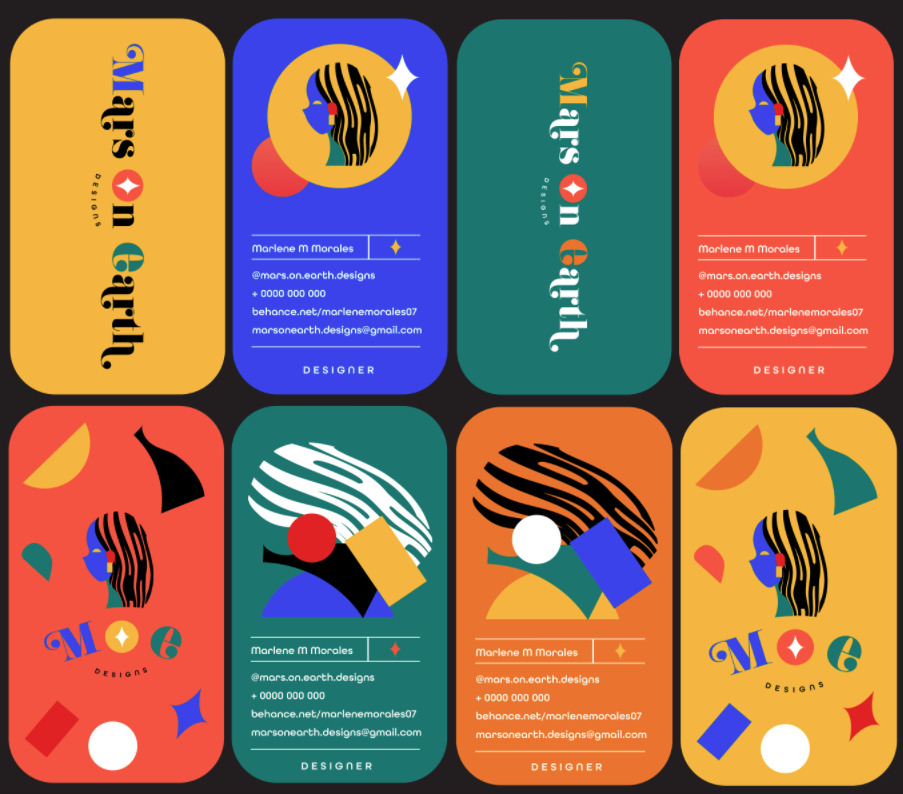As we step into 2024, the landscape of graphic design software is evolving at an unprecedented pace. With the integration of advanced technologies such as artificial intelligence, machine learning, and cloud-based solutions, designers are now equipped with tools that not only enhance creativity but also streamline workflows. In this article, we will delve into the key trends shaping graphic design software this year, providing insights into what professionals can expect and how they can adapt to these changes.
One of the most significant shifts in 2024 is the rise of AI-driven design tools that assist in automating repetitive tasks, allowing designers to focus on more strategic and creative aspects of their projects. Additionally, we will explore how user experience (UX) is becoming a central theme in software development, with intuitive interfaces and customizable features that cater to individual designer needs. These advancements are not just enhancing productivity; they are also fostering a more collaborative environment among design teams.
Furthermore, we will discuss the growing importance of cross-platform compatibility and the shift towards subscription-based models that offer flexibility and accessibility for designers of all levels. Whether you are a seasoned professional or just starting your journey in graphic design, understanding these trends will be crucial for staying ahead in a competitive market. So, join us as we uncover the exciting developments in graphic design software for 2024 and discover how you can leverage these innovations to elevate your creative projects.
As we move into 2024, the graphic design landscape is evolving rapidly, driven by technological advancements and changing user needs. This article explores the key trends shaping graphic design software this year.
AI-Powered Design Tools
Artificial intelligence is revolutionizing graphic design software, making it more intuitive and efficient. AI-powered tools can automate repetitive tasks, suggest design elements, and even generate entire layouts based on user preferences. This shift allows designers to focus more on creativity and less on mundane tasks.
In 2024, we can expect to see more sophisticated AI features, such as real-time collaboration tools that leverage machine learning to enhance team productivity. These advancements will not only streamline workflows but also democratize design, enabling non-designers to create visually appealing content with ease.
Cloud-Based Solutions
Cloud technology continues to gain traction in graphic design software, offering flexibility and accessibility. Designers can now work from anywhere, collaborate in real-time, and access their projects across multiple devices. This trend is particularly beneficial for remote teams and freelancers who require seamless integration of their tools.
In 2024, we anticipate an increase in cloud-based platforms that provide robust features, such as version control and integrated asset libraries. These enhancements will facilitate smoother collaboration and ensure that all team members are on the same page, regardless of their location.
Enhanced User Experience (UX) Design
User experience is becoming a focal point in graphic design software development. Designers are increasingly prioritizing intuitive interfaces and streamlined workflows to enhance usability. In 2024, we expect to see software that not only looks good but also feels good to use, with customizable dashboards and user-friendly navigation.
Moreover, the integration of user feedback into design processes will lead to more tailored solutions that meet the specific needs of designers. This trend will ultimately result in software that empowers users to create more effectively and efficiently.
Integration of Augmented Reality (AR) and Virtual Reality (VR)
As AR and VR technologies mature, their integration into graphic design software is becoming more prevalent. Designers can create immersive experiences that engage users in new ways. In 2024, we expect to see tools that allow for the design of AR and VR content directly within traditional graphic design platforms.
This trend will open up new avenues for creativity, enabling designers to experiment with spatial design and interactive elements. As a result, brands will be able to deliver more engaging marketing campaigns and user experiences.
Sustainability in Design Software
With growing awareness of environmental issues, sustainability is becoming a key consideration in graphic design. Software developers are increasingly focusing on creating tools that promote eco-friendly practices, such as reducing digital waste and optimizing energy consumption.
In 2024, we can expect to see features that help designers make more sustainable choices, such as templates for eco-friendly packaging or tools that calculate the carbon footprint of design projects. This trend reflects a broader commitment to sustainability within the design community.
Customization and Personalization
Customization is a significant trend in graphic design software, allowing users to tailor their tools to fit their unique workflows. In 2024, we anticipate an increase in software that offers extensive customization options, from interface layouts to toolsets.
This level of personalization not only enhances user satisfaction but also boosts productivity, as designers can create an environment that suits their individual needs. As a result, we will see a more diverse range of design styles and approaches emerging from this trend.
Focus on Collaboration Features
Collaboration is essential in today’s design landscape, and software developers are responding by enhancing collaborative features. In 2024, we expect to see tools that facilitate real-time feedback, version control, and integrated communication channels.
These advancements will enable teams to work more cohesively, regardless of their physical location. As remote work continues to be a norm, the demand for effective collaboration tools will only grow, making this a critical area of focus for graphic design software developers.
Integration of 3D Design Capabilities
The rise of 3D design is transforming the graphic design landscape, with more software incorporating 3D modeling and rendering capabilities. In 2024, we can expect to see a surge
| Trend | Description |
|---|---|
| AI Integration | In 2024, graphic design software will increasingly incorporate AI tools to automate repetitive tasks, enhance creativity, and provide intelligent design suggestions. |
| Collaboration Tools | With remote work becoming the norm, design software will focus on improving collaboration features, allowing multiple users to work on projects in real-time. |
| Cloud-Based Solutions | Cloud technology will dominate, enabling designers to access their work from anywhere and ensuring seamless updates and storage solutions. |
| Augmented Reality (AR) and Virtual Reality (VR) | AR and VR capabilities will be integrated into design software, allowing designers to create immersive experiences and visualize projects in 3D. |
| Focus on User Experience (UX) | Design software will prioritize user experience, offering intuitive interfaces and customizable workflows to enhance productivity and creativity. |
| Sustainability Features | As environmental concerns grow, software will include features that promote sustainable design practices, such as eco-friendly templates and resources. |
| Mobile Design Tools | With the rise of mobile usage, more powerful design tools will be available on mobile platforms, allowing designers to create on-the-go. |



